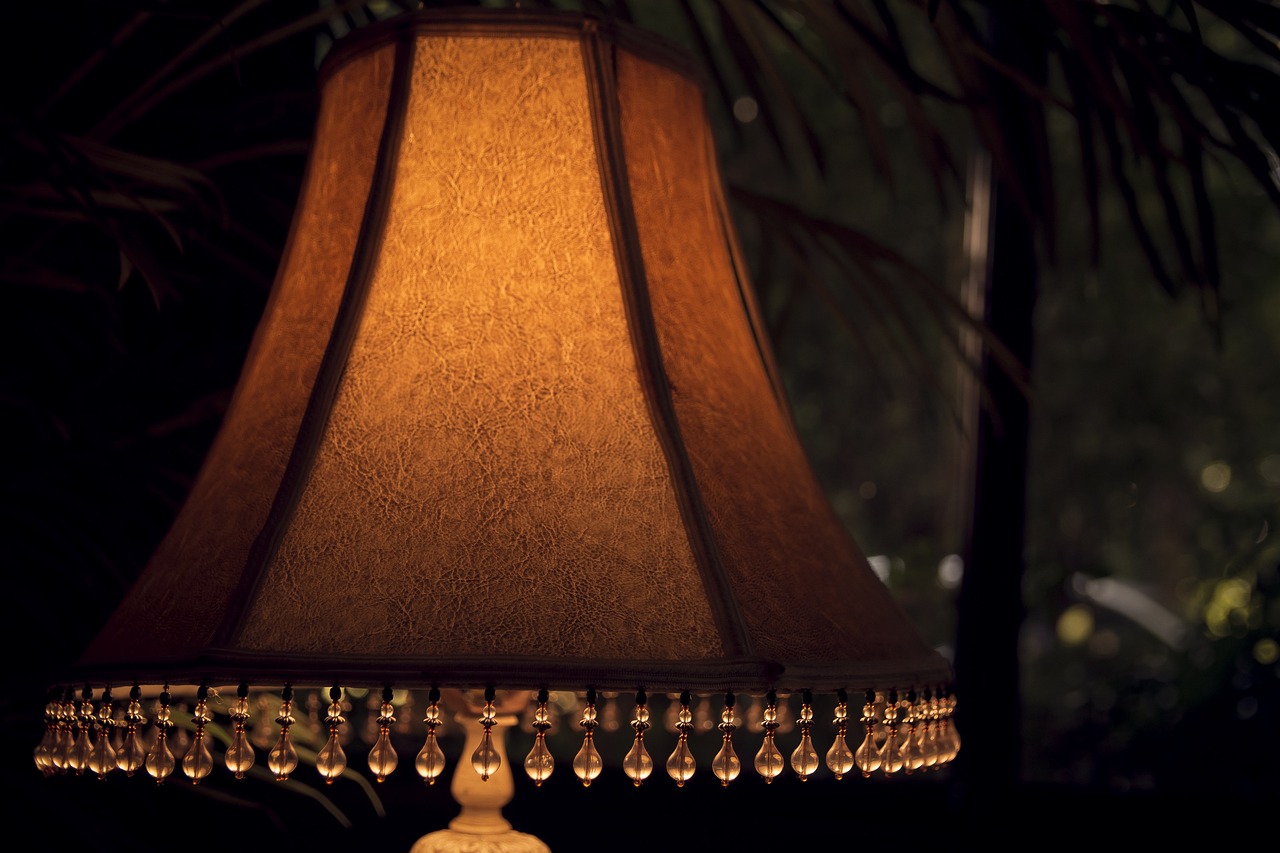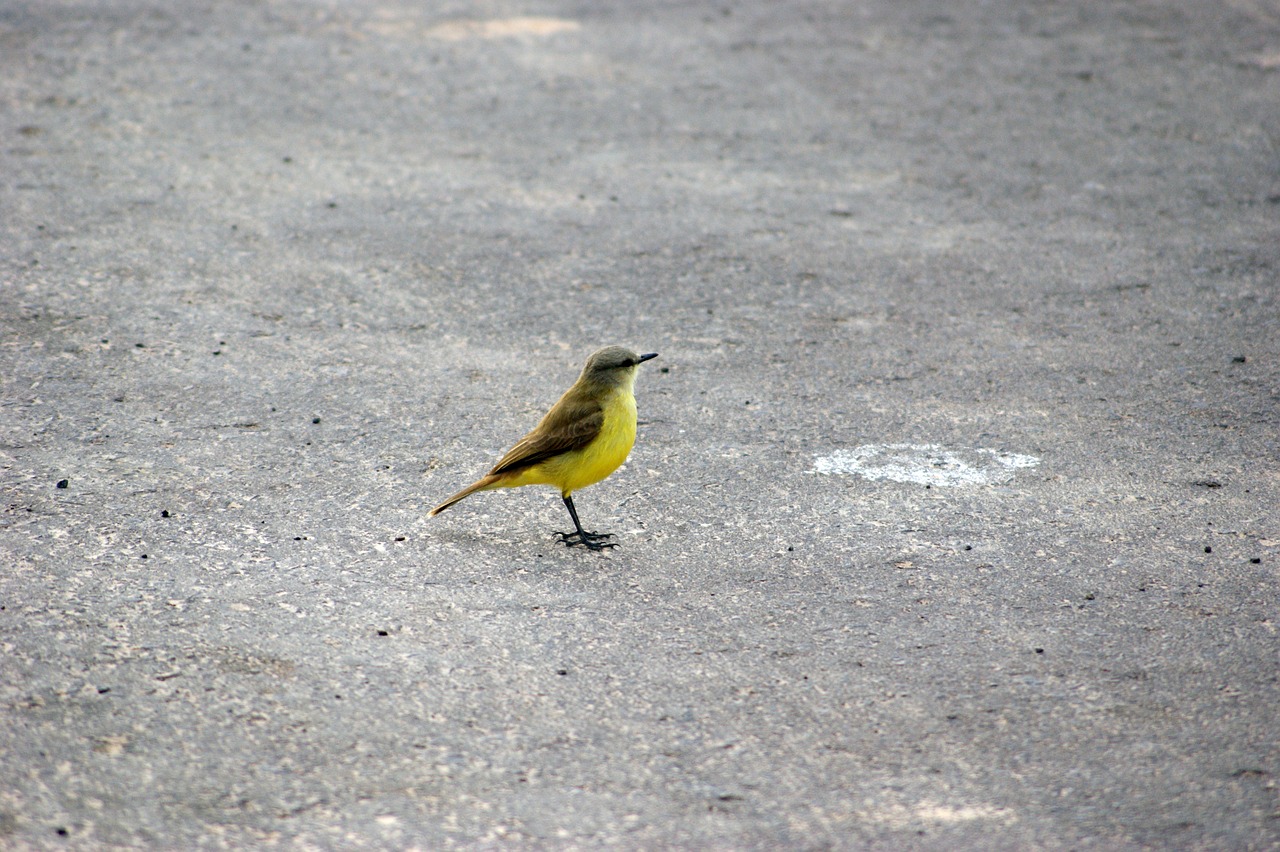Paraguay Video
Local Celebrations and Holidays: What to Expect in Paraguay
Paraguay, located in the heart of South America, is a vibrant and culturally rich country with a wide range of celebrations and holidays throughout the year. These festivities provide a unique opportunity to immerse yourself in Paraguayan traditions, music, dance, and cuisine. Whether you’re a visitor or a local, participating in these celebrations is a fantastic way to experience the vibrant spirit of Paraguay. In this article, we will explore twelve of the most significant local celebrations and holidays in Paraguay, providing you with a glimpse into the rich cultural tapestry of this beautiful country.
Paraguayan Independence Day
Paraguayan Independence Day, celebrated on May 14th, marks the country’s independence from Spanish colonial rule. This national holiday is filled with patriotic fervor, as Paraguayans come together to honor their history and heritage. The celebrations typically include military parades, flag-raising ceremonies, traditional music performances, and fireworks displays. It is a time when the streets of Paraguay are adorned with the national colors of red, white, and blue, and the air is filled with the sounds of joyous celebrations.
- Paraguayan Flag: The national flag of Paraguay, known as the “Paraguayan Flag,” is an important symbol of the country’s independence. It features three horizontal stripes of red, white, and blue, with a coat of arms in the center.
- Patriotic Songs: Music plays a significant role in Paraguayan culture, and during Independence Day celebrations, patriotic songs fill the air. The most famous Paraguayan song is the “Himno Nacional Paraguayo” (Paraguayan National Anthem), which is sung with great pride and enthusiasm by the entire nation.
- Traditional Food: No celebration in Paraguay is complete without delicious traditional food. During Independence Day, Paraguayans indulge in culinary delights such as chipa, sopa paraguaya, and asado. Chipa is a cheesy bread made from corn flour, while sopa paraguaya is a savory cornbread. Asado refers to a traditional barbecue, where various cuts of meat are grilled to perfection.
- Fireworks: As the day turns into night, the sky above Paraguay lights up with dazzling fireworks displays. The vibrant colors and explosive sounds create a magical atmosphere, captivating both young and old. Families and friends gather in parks and open spaces to watch the spectacular shows and celebrate the spirit of independence.
The coat of arms depicts a golden star, representing honor and glory, surrounded by a green wreath of palm and olive branches. The branches symbolize peace and victory. The flag is a powerful representation of Paraguayan identity and is proudly displayed during Independence Day celebrations.
The anthem celebrates the bravery and resilience of the Paraguayan people and serves as a reminder of their struggle for independence. Other popular patriotic songs, such as “Che Paraguay” and “Ñande Ypykuéra” (Our Fatherland), are also sung during the festivities.
These mouthwatering dishes are often enjoyed with a refreshing tereré, a traditional Paraguayan drink made from yerba mate and cold water.
Paraguay Image 1:

Paraguayan Carnival
The Paraguayan Carnival is a lively and exuberant celebration that takes place in February, leading up to the Christian observance of Lent. This festival is known for its vibrant costumes, energetic music, and lively street parades. Paraguayans of all ages come together to dance, sing, and enjoy the festive atmosphere. The Paraguayan Carnival is a fantastic opportunity to experience the country’s cultural diversity and immerse yourself in the joyous spirit of the people.
- Carnival Queens: One of the highlights of the Paraguayan Carnival is the election of Carnival Queens. Young women from different communities compete for the title, showcasing their beauty, talent, and charisma. The Carnival Queens play a central role in leading the festivities and are admired for their elegance and grace.
- Comparsas: Comparsas are dancing groups that participate in the Carnival parades. These groups, consisting of dancers, musicians, and performers, showcase traditional and contemporary dance styles. The colorful costumes, energetic rhythms, and synchronized movements create a captivating spectacle that delights both participants and spectators.
- Traditional Music: The Paraguayan Carnival is accompanied by lively music that fills the streets. The traditional Paraguayan harp, guitar, and accordion are commonly used instruments, creating a unique fusion of rhythms and melodies. Popular music genres, such as polka and guarania, are performed during the festivities, encouraging everyone to dance and celebrate.
- Water Fights: A playful tradition during the Paraguayan Carnival involves water fights. People armed with water guns, buckets, and balloons filled with water engage in friendly battles in the streets. This tradition brings laughter and joy to both locals and visitors, providing respite from the summer heat.
They represent the spirit of the carnival and are often seen riding on elaborate floats during the parades.
Paraguay Image 2:

Yerba Mate Festival
The Yerba Mate Festival is an annual celebration held in Paraguay to honor the country’s cherished drink, yerba mate. Yerba mate is a traditional herbal tea made from the leaves of the yerba mate plant. This festival is a wonderful opportunity to learn about the cultural significance of yerba mate and experience its preparation and consumption rituals.
- Harvesting and Processing: The Yerba Mate Festival showcases the entire process of harvesting and processing yerba mate leaves. Visitors can witness the traditional methods used by farmers to pick the leaves and dry them in preparation for consumption. This hands-on experience offers a deeper understanding of the agricultural traditions that have shaped Paraguay’s culture.
- Yerba Mate Tastings: During the festival, visitors can sample various types of yerba mate and learn about the different flavors and aromas associated with each blend. Experienced experts guide participants through the tasting process, explaining the nuances and characteristics of each variety.
- Yerba Mate Preparation: Yerba mate is traditionally prepared in a hollowed-out gourd, known as a “mate.” At the festival, visitors can observe demonstrations of the intricate process of preparing mate, from filling the gourd with yerba mate leaves to sipping the tea through a metal straw called a “bombilla.” This age-old ritual is an integral part of Paraguayan culture and is deeply rooted in social gatherings and conversations.
- Traditional Music and Dance: The Yerba Mate Festival is enlivened by traditional music and dance performances. Musicians play lively tunes on their harps, guitars, and accordions, while dancers showcase traditional Paraguayan dance styles. The rhythmic beats and colorful costumes create a festive atmosphere that reflects the joyous spirit of Paraguayan culture.
Paraguay Image 3:

Conclusion
Paraguay’s local celebrations and holidays offer a fascinating insight into the country’s rich cultural heritage. From Independence Day to the Paraguayan Carnival and the Yerba Mate Festival, these events showcase the vibrant spirit, traditions, and customs that make Paraguay unique. By participating in these celebrations, visitors and locals alike can immerse themselves in the music, dance, cuisine, and traditions that define Paraguayan culture.
References
– paraguay.com
– visitparaguay.travel
– lonelyplanet.com/paraguay
– worldtravelguide.net/paraguay


